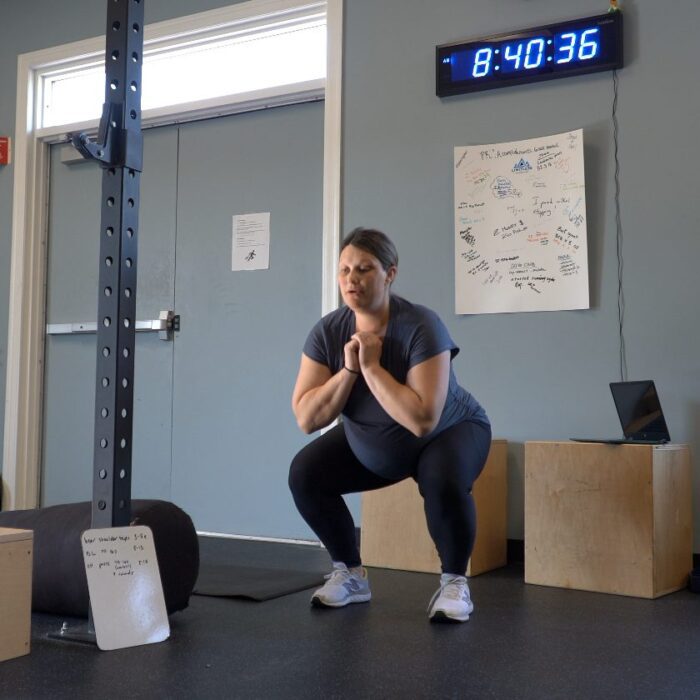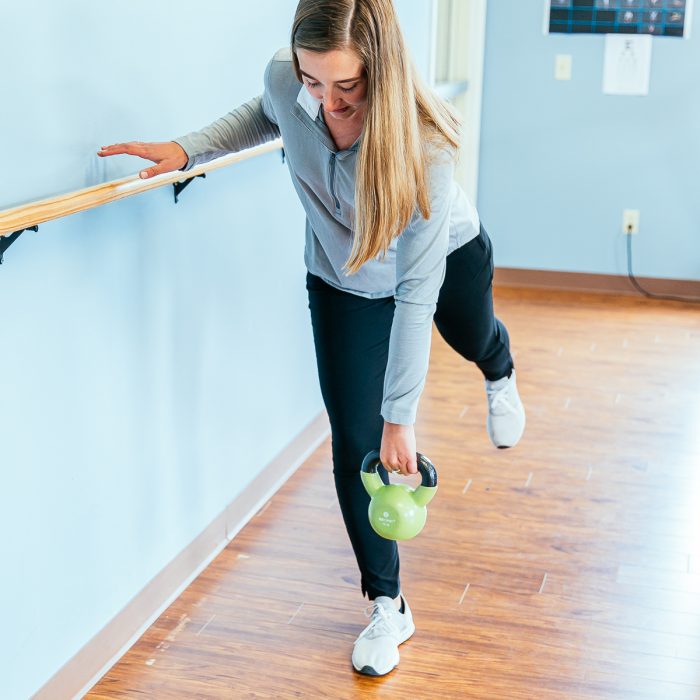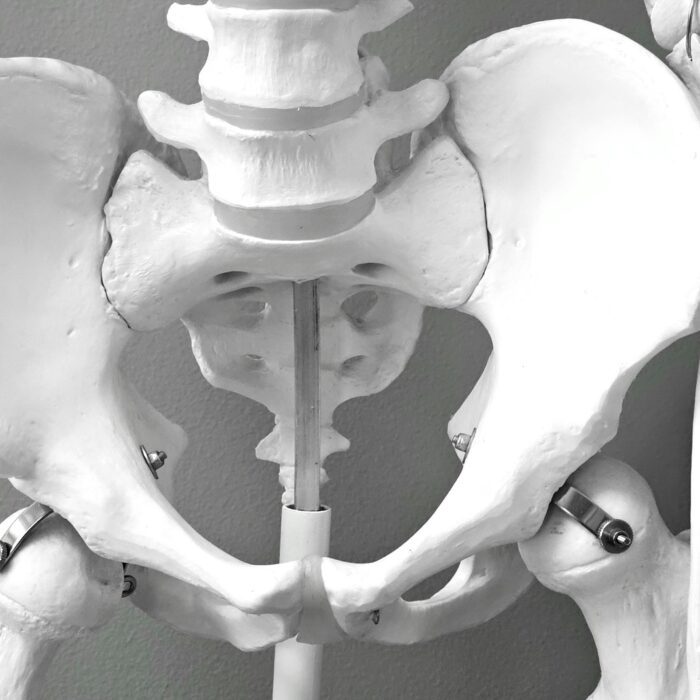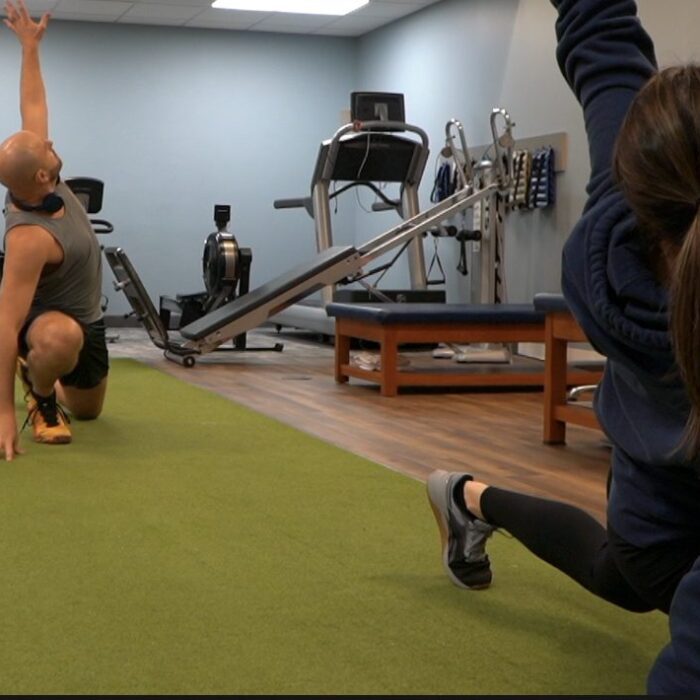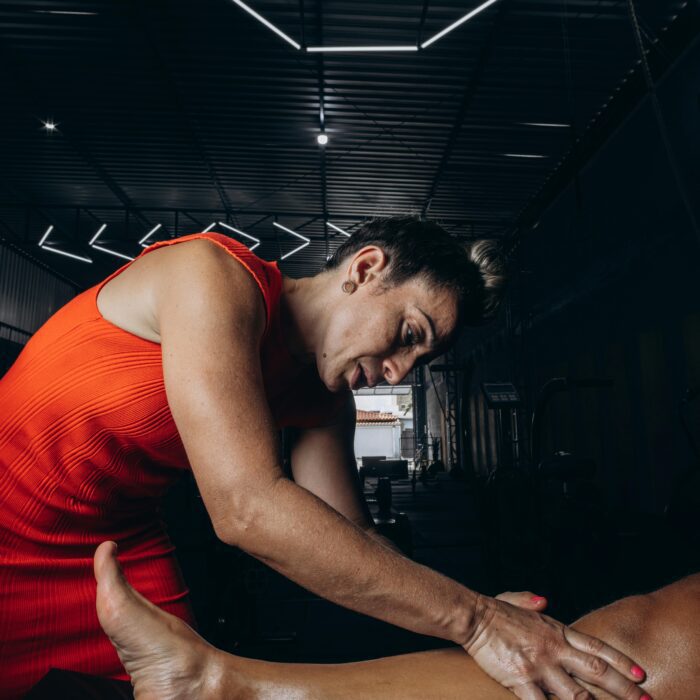Solve Your Daily Aches and Pains with Physical Therapy
Chronic pain affects more than 100 million people in the U.S. and 20-30% of the global population, reports the National Institutes of Health Office of Disease Prevention. Moreover, experts predict chronic pain will increase in prevalence as people age into later adulthood.
Finding relief for pain also continues to evolve, especially as health providers become more concerned over the use of narcotics and opioids to treat chronic pain.
However, understanding more about chronic pain and obtaining physical therapy may alleviate your pain.
How can I tell if my pain is chronic?
Although pain is a natural way for the body to alert a person of a problem, it can rise to a heightened level. Chronic pain persists for weeks, months or even years, explains the National Institute of Neurological Disorders and Stroke.
When pain is unrelenting, it results in severe impacts on daily life. Chronic pain may include pain associated with arthritis, cancers, infection and even when no past injury or health problem exists.
Furthermore, chronic pain generally affects the back or a specific muscle group.
As stated by the National Institute of Neurological Disorders and Stroke,
“While acute pain is a normal sensation triggered in the nervous system to alert you to possible injury and the need to take care of yourself, chronic pain is different. Chronic pain persists. Pain signals keep firing in the nervous system for weeks, months, even years.
There may have been an initial mishap -- sprained back, serious infection, or there may be an ongoing cause of pain -- arthritis, cancer, ear infection, but some people suffer chronic pain in the absence of any past injury or evidence of body damage. Many chronic pain conditions affect older adults.
Common chronic pain complaints include headache, low back pain, cancer pain, arthritis pain, neurogenic pain (pain resulting from damage to the peripheral nerves or to the central nervous system itself), psychogenic pain (pain not due to past disease or injury or any visible sign of damage inside or outside the nervous system).
A person may have two or more co-existing chronic pain conditions.Such conditions can include chronic fatigue syndrome, endometriosis, fibromyalgia, inflammatory bowel disease, interstitial cystitis, temporomandibular joint dysfunction, and vulvodynia.It is not known whether these disorders share a common cause.”
Why did my chronic pain develop?
Treating chronic pain means managing the original cause. For example, someone living with tissue damage from a past fall or accident needs to address the actual issue.
It could be a herniated disk, poor posture, obesity, arthritis, past fractures or nerve damage. The list seems endless. Of course, another cause includes damage to the muscle or a ligament, also known as strains and sprains respectively, reports the Mayo Clinic.
Moreover, certain health problems may increase risk for damage to joints and muscles as well, contributing to a loss of motion and the buildup of tension.
For those without a root problem, turning to medications can feel like the only solution. However, a quick scan of recent news reports reveals many dangers exist in medication treatment for chronic pain, especially opioids.
Physical therapy and chronic pain relief
As opioid overuse became a public health crisis, health providers started to think about other ways to manage chronic pain.
According to Move Forward PT, the Centers for Disease Control and Prevention (CDC) now recommends the use of non-drug approaches over use of prescription painkillers.
Unlike medications, which simply place a proverbial bandage over the issue, physical therapy works to address the root problem. Since causes of chronic are often associated with damage to a joint or muscle group, improving the range of motion of joints may improve symptoms.
In this case, more movement of joints encourages the body’s natural response to improve mobility and muscle tone, endurance and strength. As a result, pain decreases.
For people with known injuries, treating injuries with physical therapy serves additional purposes. These include improving circulation to the joint and tissues to promote healing, as well as helping a person learn to move the joint without risking additional damage.
The long car-ride is an example of how failure to move frequently contributes to soreness. Over time, limited motion will cause pain during movement. So, routine treatment with a physical therapist may reduce risk for chronic pain, as well as improve symptoms for those living with it today.
Solve the issue of chronic pain with physical therapy
Chronic pain does not always require advanced medication treatment.
Instead, physical therapy and understanding more about the causes of chronic pain may be the best solution, and in fact, they carry less risk for injury, result in fewer side effects and elimination of the risk for addiction.
To learn more about how therapy could help with your chronic pain, schedule your appointment online today.
Sources:
- www.ninds.nih.gov/ "Chronic Pain"
- Mayo Clinic: "Back Pain Causes"

